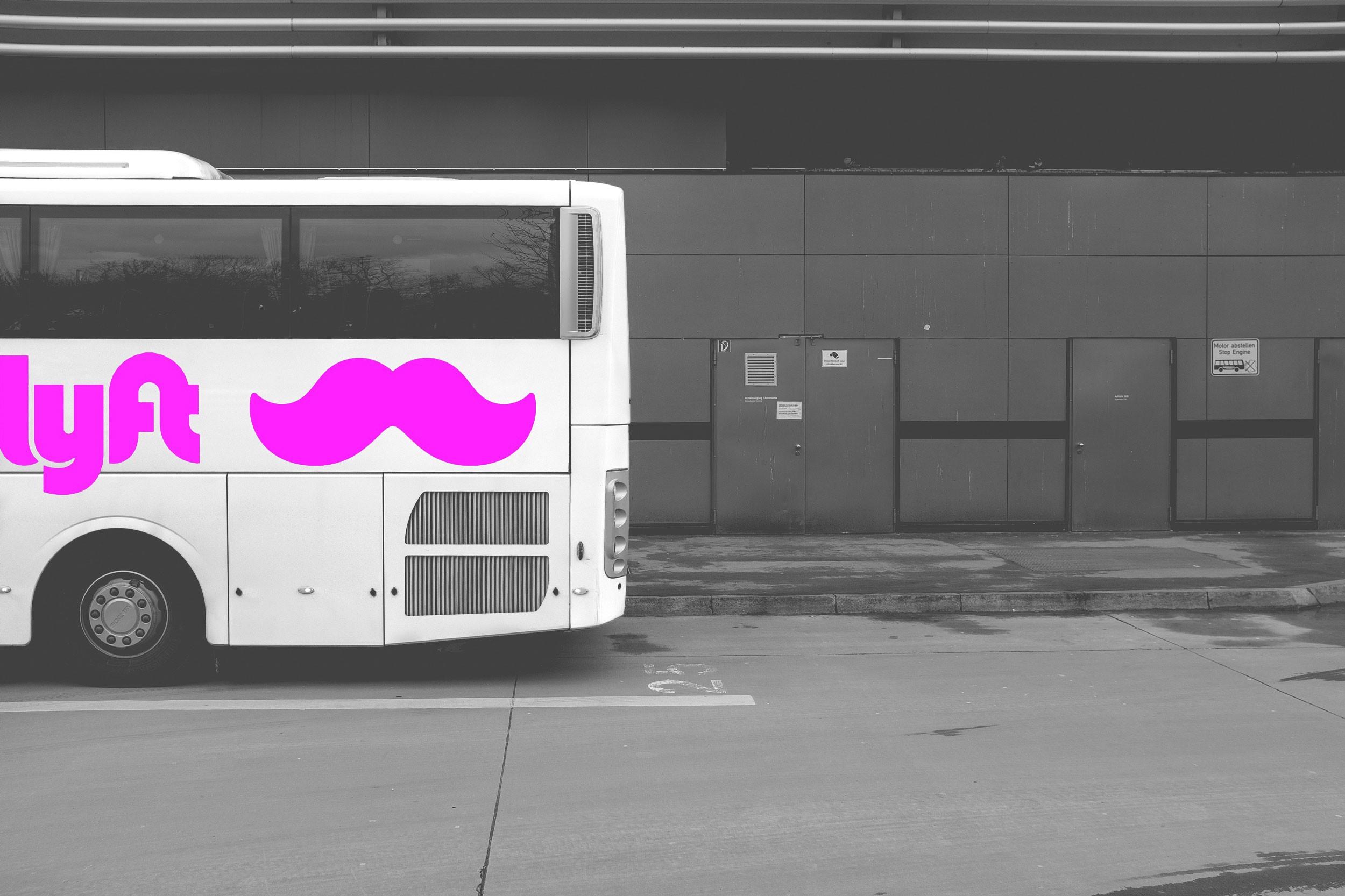
Tech companies always claim to be pushing society forward, and Lyft is no different. The ride-hailing company hopes to usher in the “third transportation revolution” in the next decade with a fleet of autonomous vehicles that will reshape cities, vastly increase our leisure time, and potentially wipe out vehicular death.
One step on the road to this revolution, apparently, is a new service called Shuttle. The feature, which the company revealed this week is being tested in San Francisco and Chicago, allows users to hop in Lyft vehicles that travel along predetermined fixed routes every day during typical commuting hours in the morning and afternoon. Rates are also fixed, rather than being subject to surge pricing like typical Lyft rides.
To sum it up, Lyft riders now have the opportunity to walk to a predetermined location, climb aboard a vehicle that will travel a set route to a predesignated drop-off point, and pay a flat rate for the service. If it walks like a bus, talks like a bus, and quacks like a bus … it’s probably a billion-dollar, venture-backed startup.
The number of Silicon Valley companies that have built empires off of “It’s Like ____, but for Millennials” business models is staggering. Regus is a 28-year-old multinational corporation that offers offices and shared workspaces around the globe, but WeWork has beer, so it’s worth $16 billion. Tinder is eHarmony with more sex and less awkward commercials. Everything old is new again once it lands in the App Store.
Nomenclature aside, though, the fact that Lyft wants to more directly imitate the functionality of mass transit systems is an important development. Lyft and especially its egomaniacal big brother, Uber, disrupted the taxi industry by barreling into a new town first and asking questions later. They’ve generally taken a lighter touch when it comes to mimicking public transportation. Uber has experimented with partnerships with cities that are using tax dollars to offer subsidized rides in lieu of expanded bus routes, and Lyft has created dedicated services to transfer people from their homes to the nearest metro station. There’s still a lot of experimentation going on, and it’s not clear which business models will win out (Uber tested shuttling riders on preset routes back in 2015, but the initiative didn’t gain traction).
Both Uber and Lyft want to evolve from being indulgences for people who can afford them to vital elements of urban (and suburban) infrastructure. Part of that evolution involves working with cities more directly, and part of it involves trying to prove they can do things a city does (like manage bus routes) more efficiently. Expect the line between public and private transportation to keep getting fuzzier as the technological capabilities of Silicon Valley outpace what city governments are able to provide.